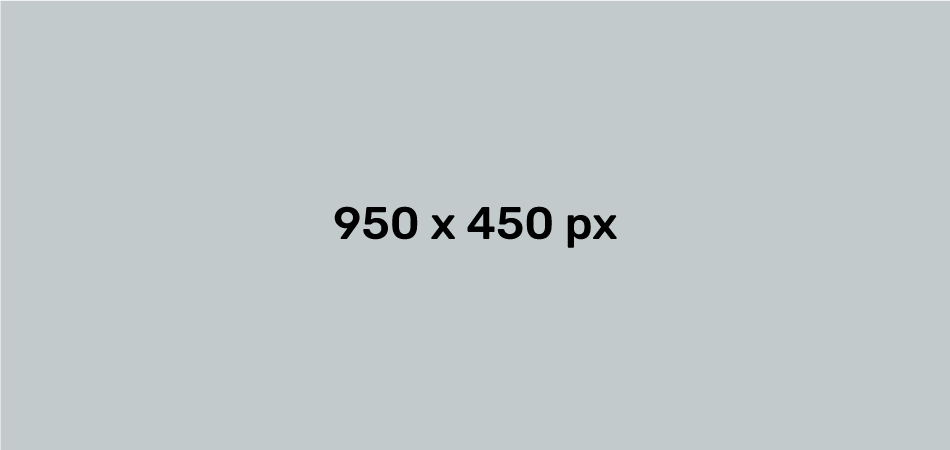For school, our children need a bunch of things that you wish you didn't have to buy. Even worse, they might be things that are harmful to our children and bad for the planet.
As a rule, most school supplies are reasonably safe for our children to use. Yet, in a study conducted by U.S. Pirg, which included laboratory testing of products, toxic chemicals have been found in a whole range of common school supplies.
Plus, we have to consider their environmental impact - so much paper, plastic and disposables!
So in this blog post, we're paying more attention to the school supplies we buy every year.
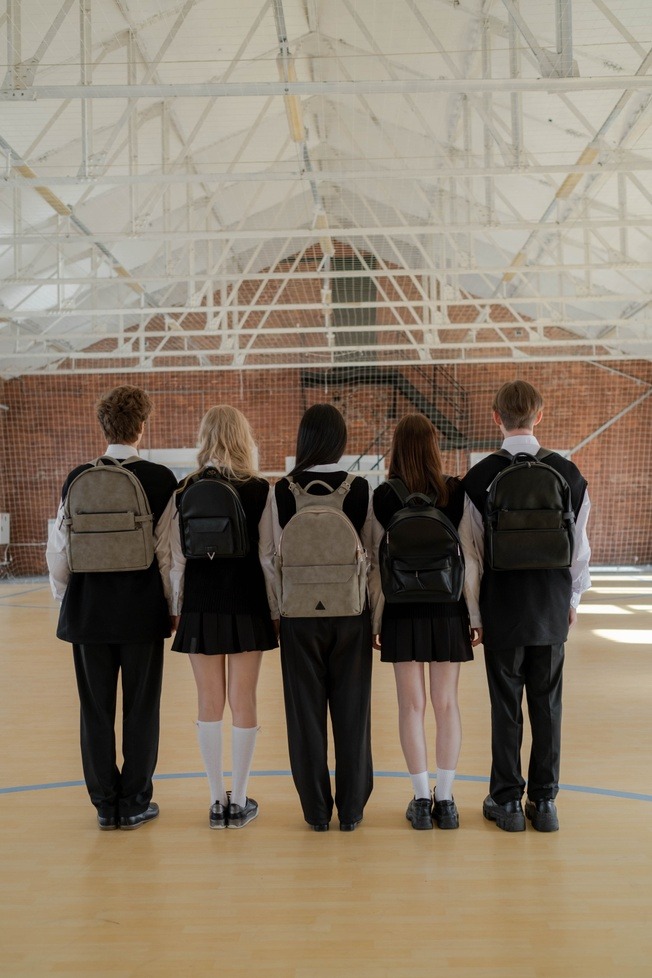
BACKPACKS
Avoid PVC plastic at all costs.
Opt for natural materials like cotton or hemp if possible, but durable nylon and polyester (especially if recycled) are also good alternatives.
Importantly, invest in a good quality backpack rather than one that will break after a year of use.
WASTE-FREE DINNERWARE
Stock your child with reusable lunch boxes and snack bags to replace plastic bags and plastic wrap.
Invest in a stainless steel water bottle.
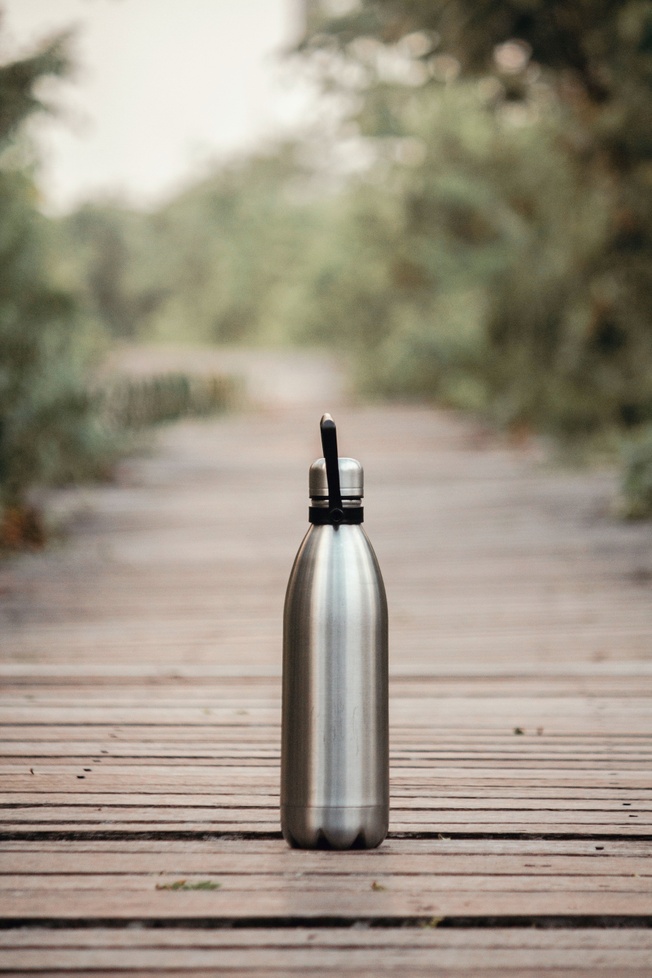

NOTEBOOKS, PAPER AND BINDERS
Buy paper, notebooks and binders made from recycled paper or paper from sustainable sources.
Make sure the cover of notebooks and binders is not plastic (or clearly labelled as PVC-free).
MARKERS, COLOURED PENCILS AND CRAYONS
Be sure to avoid cheap crayons, which can be loaded with toxic chemicals.
Beeswax and soy crayons are good alternatives.
Water-based markers are best, but if you must buy permanent markers, make sure they are free of xylene, toluene and other volatile organic compounds (VOCs).
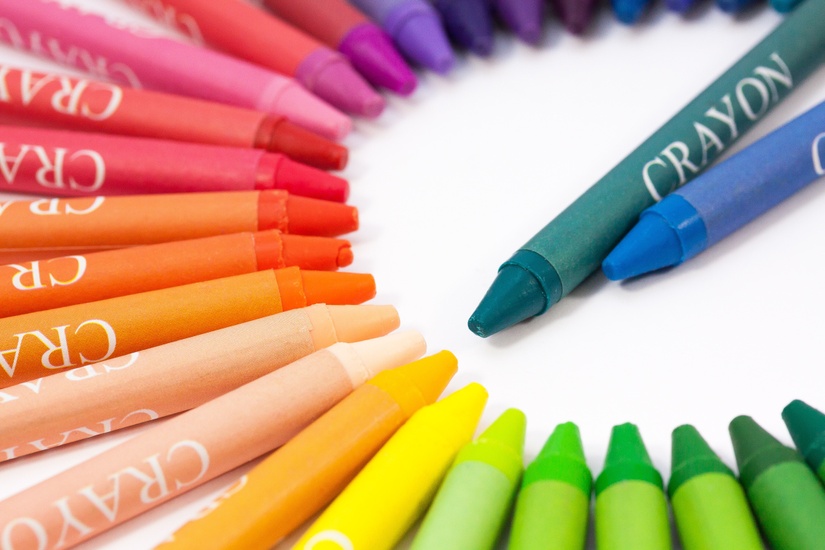
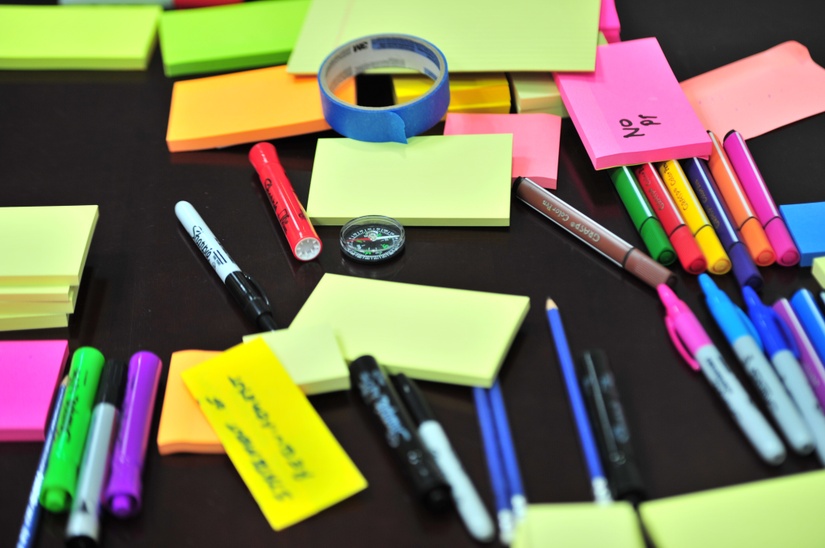
OTHER SCHOOL SUPPLIES
Most school adhesives are pretty safe, but a plant-based version is always better for the planet.
Look for recycled versions of common school supplies like paper clips, erasers and scissors.
For hand sanitizer, choose a non-toxic brand.
